



The Union government is inviting proposals to establish District De-Addiction Centres in 291 “gap” districts lacking rehabilitation infrastructure, with Chhattisgarh having the most (31). Part of the National Action Plan for Drug Demand Reduction, these centres aim to prevent substance use and support treatment, with NGOs invited to apply by June 30

Copyright infringement not intended
Picture Courtesy: THE HINDU
The Union government has invited proposals to set up District De-Addiction Centres (DDACs) in “gap” districts, as part of the National Action Plan for Drug Demand Reduction.
The government has identified 291 districts across 30 States and Union Territories as "'gap' districts"; these districts currently lack any de-addiction or rehabilitation centers that receive central government support.
The states with the most number of 'gap' districts include:
It is a comprehensive strategy to tackle the problem of drug abuse, it stresses on reducing the demand for drugs through prevention, treatment, and rehabilitation.
The Ministry of Social Justice and Empowerment is the nodal ministry for implementing this plan.
Under the NAPDDR, the government supports
Integrated Rehabilitation Centres for Addicts (IRCAs) => Residential centers that provide a range of services, including detoxification, counseling, and vocational training, to help individuals overcome addiction. The government currently supports 350 IRCAs.
Outreach and Drop-in Centres (ODICs) => Provide safe and accessible spaces for substance users. They offer basic services like counseling, first-aid, and referrals to treatment centers. There are 74 ODICs supported by the ministry.
Community-based Peer Led Initiatives (CPLIs => Focus on prevention and awareness. They involve training peer educators within communities to spread awareness about the dangers of substance abuse. The ministry supports 46 CPLIs.
District De-Addiction Centres (DDACs) => The government is establishing these centers to provide a combination of services, including treatment, rehabilitation, and community-based outreach. Currently, 124 DDACs are operational.
The government has invited eligible NGOs and start-ups with at least two years of experience in de-addiction treatment to submit proposals for setting up these new DDACs by June 30.
It will serve multiple functions:
Must Read Articles:
RULE 170 OF DRUGS AND COSMETICS ACT
Source:
|
PRACTICE QUESTION Q. "The demographic dividend can turn into a demographic disaster if not managed properly." Critically analyze. 250 words |

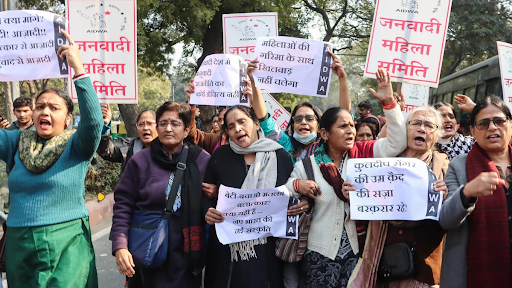
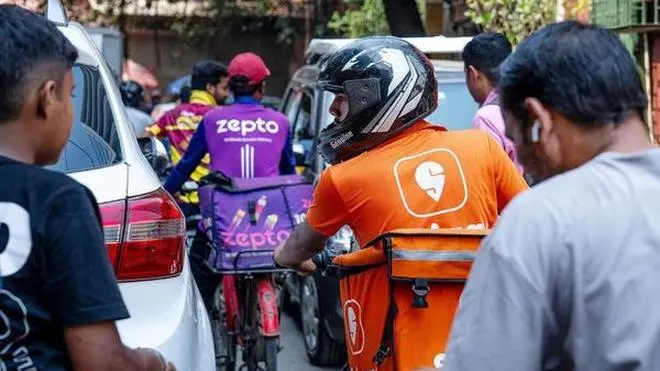
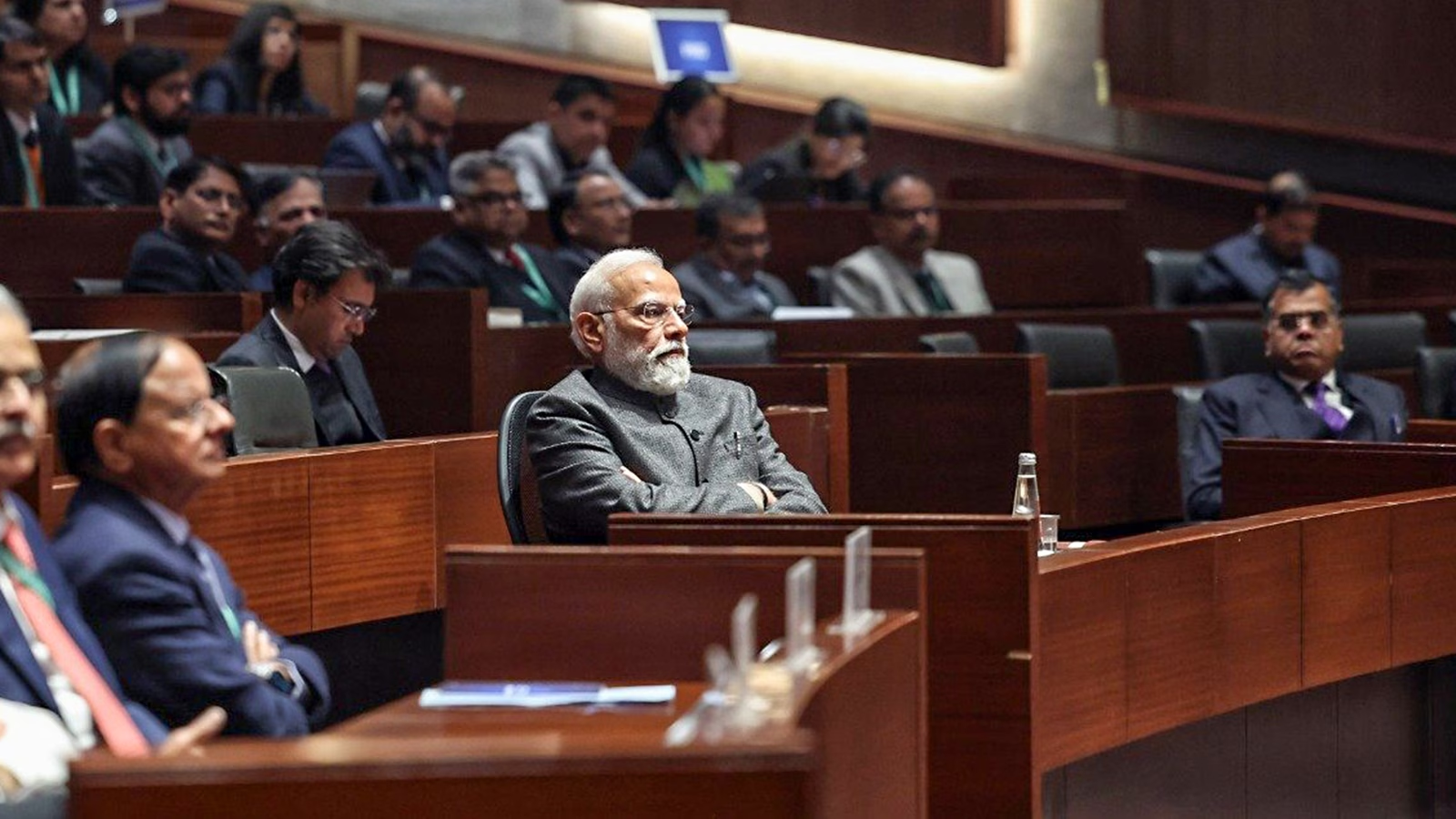
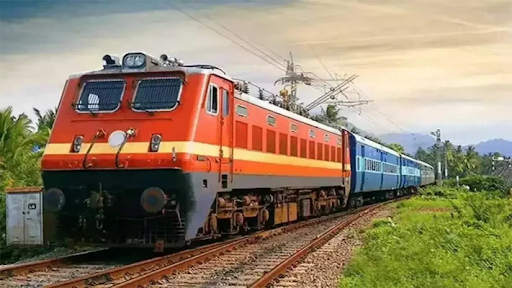
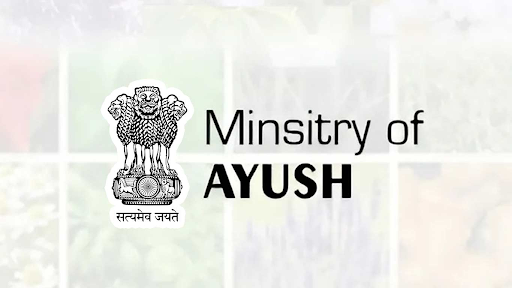

© 2026 iasgyan. All right reserved